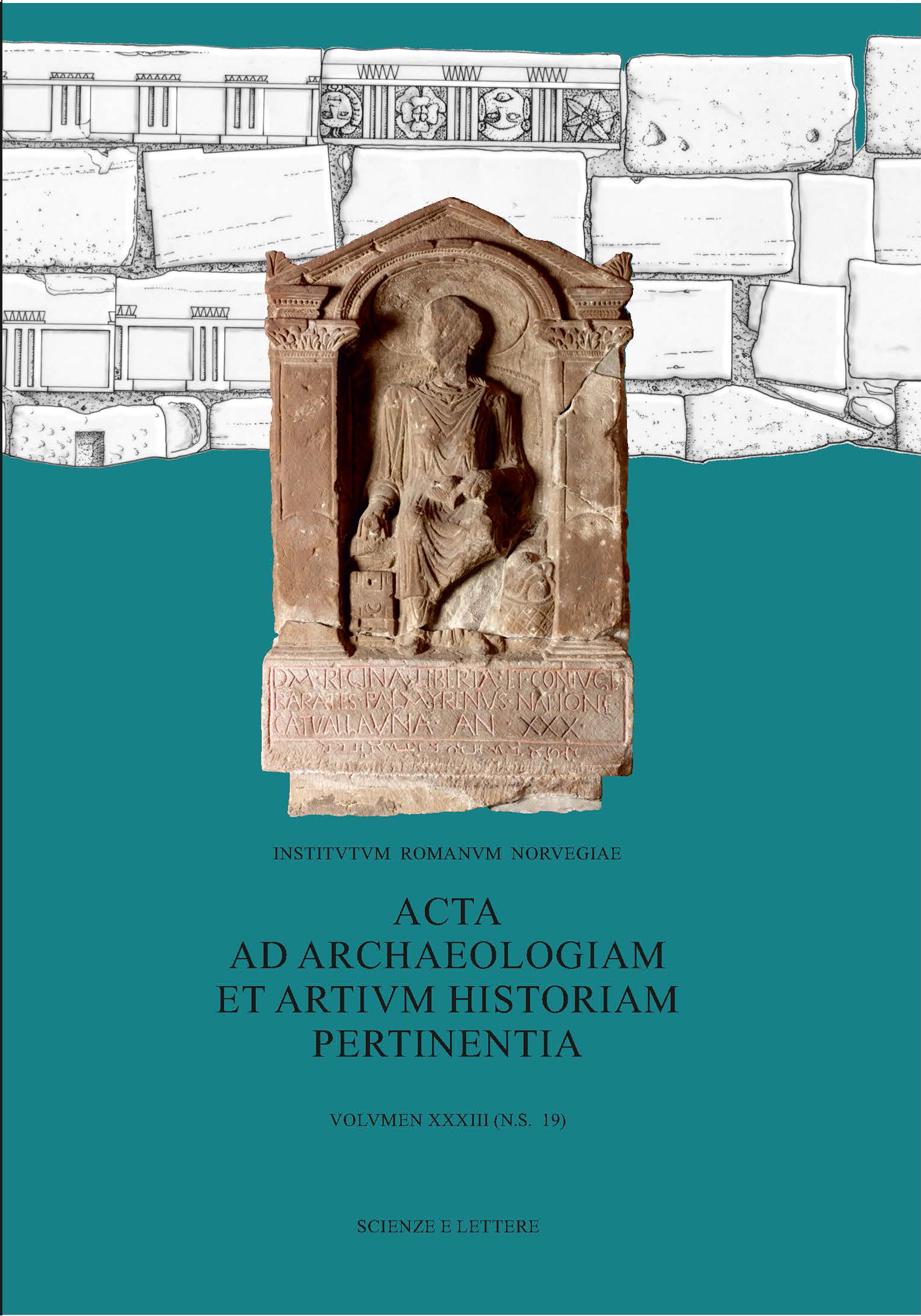The construction of other genders by means of personal appearance in medieval Islam: the case of mukhannathūn (effeminates) and kuntha (hermaphrodites)
DOI:
https://doi.org/10.5617/acta.10451Keywords:
adornment, jewellery, gender identities, Middle Ages, Islam, makhannathūn, kunthaAbstract
This article focuses on two variations from the Muslim patriarchal binary system of females and males: mukhannathūn (those who display female behaviour and appearance while having male sex organs) and khuntha (those with a lack of or confused sex organs). These two categories were tolerated and represent an extension of the normative expected sex-gender spectrum of Islam. Personal appearance, in its broad meaning, is used as a tool for analysing the social-religious existence of mukhannathūn and khuntha within the community. The article concludes that jurists imposed a whole set of regulations, mixing male and female appearance, for the purpose of defining and differentiating these groups. These laws also enabled the religious and social existence of mukhannathūn and khuntha within Muslim communities. The patriarchal system preserved its power and protected itself while widening the binary male-female spectrum to include variations such as medial sex.
On cover:
Late Roman wall, the portion immediately south of the West Gate (Porta Oea) with re-used blocks from first-century mausolea (Drawing by Francesca Bigi) and Tombstone of Regina from South Shields (Arbeia) (Tyne and WearArchives and Museums/ Bridgeman Images).
E-ISSN (online version) 2611-3686
ISSN (print version) 0065-0900
Downloads
Published
How to Cite
Issue
Section
License
Copyright (c) 2023 This work is licensed under a Creative Commons Attribution-NonCommercial 4.0 International License.

This work is licensed under a Creative Commons Attribution-NonCommercial 4.0 International License.

This work is licensed under a Creative Commons Attribution-NonCommercial 4.0 International License.
Authors who publish with this journal agree to the following terms:
- Authors retain copyright and grant the journal right of first publication with the work simultaneously licensed under a Creative Commons Attribution License that allows others to share the work with an acknowledgment of the work's authorship and initial publication in this journal.
- Authors are able to enter into separate, additional contractual arrangements for the non-exclusive distribution of the journal's published version of the work (e.g., post it to an institutional repository or publish it in a book), with an acknowledgement of its initial publication in this journal.
- Authors are permitted and encouraged to post their work online (e.g., in institutional repositories or on their website) prior to and during the submission process, as it can lead to productive exchanges, as well as earlier and greater citation of published work (See The Effect of Open Access).





